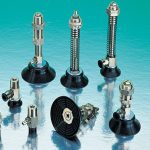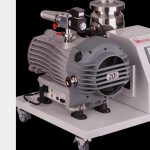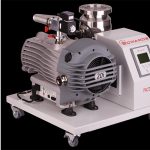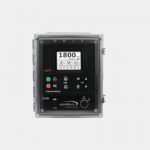There is a wide range of apparatuses of large automated systems and machinery that has been developed throughout the years in order to make things operate more efficiently and smoothly. Amongst the apparatuses, a hydraulic cylinder is also included. This component is a mechanical actuator, which produces unidirectional force via unidirectional stroke. A hydraulic cylinder has several applications, which are mainly based around construction equipment. Read on and discover the many instances where a hydraulic cylinder tends to be most valuable.
Agriculture
These devices are used a lot within agricultural industries, and can be used for a range of machines including loaders, harvesters, and tractors. In addition, they may also be used as attachments for hydraulic wood splitters, tractors, and more.
Civil Engineering
The civil engineering industry also calls for these devices for their machinery, as bulldozers, trenchers, excavators, and their attachments all feature hydraulic cylinders.
Energy Industry
These components also seem to come in useful for the energy industry. Hydroelectric stations that have gate controls make use of these cylinders, as these cylinders help with the possibility of opening and closing gates to control water flow.
Mechanical Engineering
Mechanical engineering also values these cylinders, as they come in extremely handy for automated production lines, forming machines, feeding devices, producing ecological equipment, transportation devices, and plastic forming machines.
Shipbuilding
Finally, shipbuilding is another industry that values the device. Hydraulic cylinders can be found in steering mechanisms, hoists, transportation equipment, and more.
Types
Many other industries that value the device include automotive, aeronautical, food, and construction. With the wide range of uses for hydraulic cylinders, having only one kind of this device can make things very difficult. This explains the several variations of the component. This ensures all the roles are undertaken correctly and the right type of the device is being used. The variety includes single-acting, double-acting, telescopic, and plunger cylinders.
Even though there are a couple of variations, they all feature the main components: the piston and barrel. Further components include the head, base, piston rod, deals, welded port, flange, rod end, bearings, bushes, and other small parts. A manufacturer of hydraulic cylinders puts these components together in order to make the device function properly.























